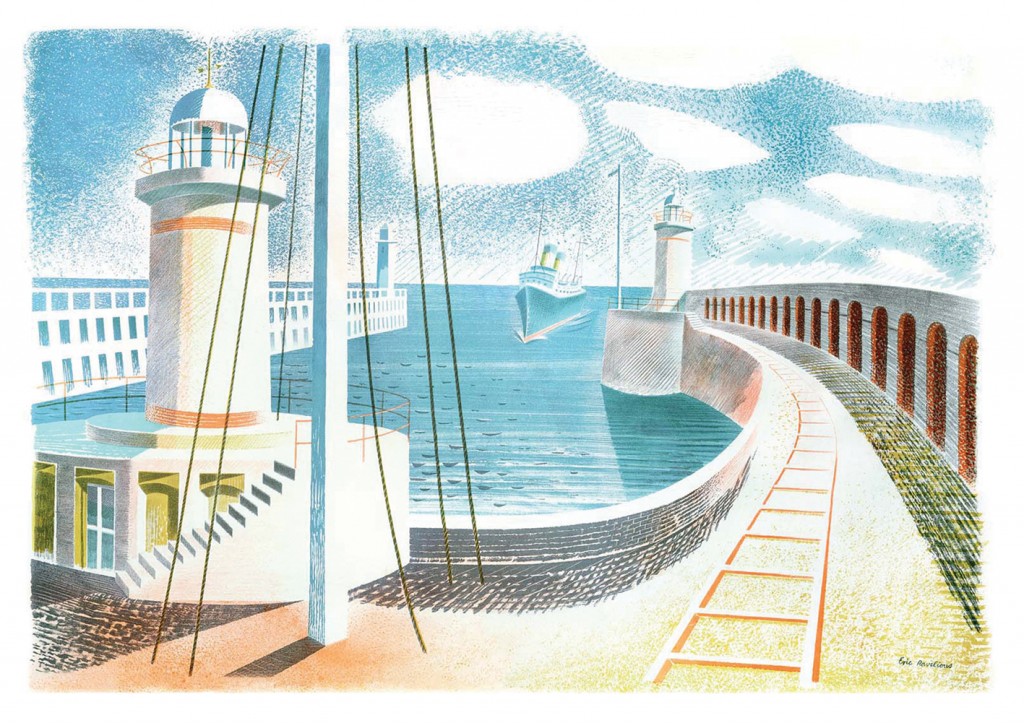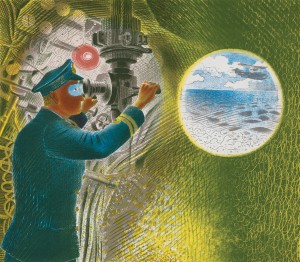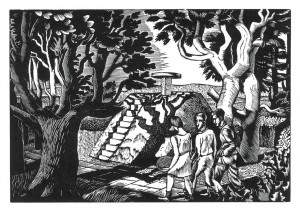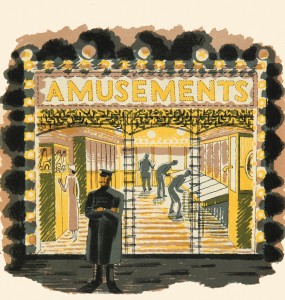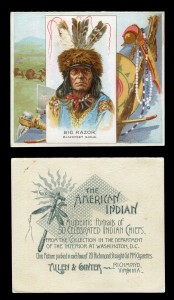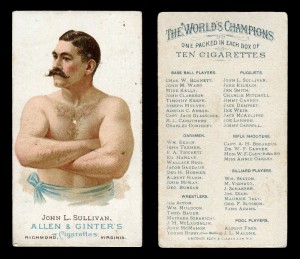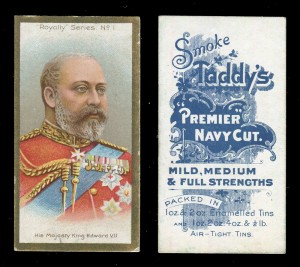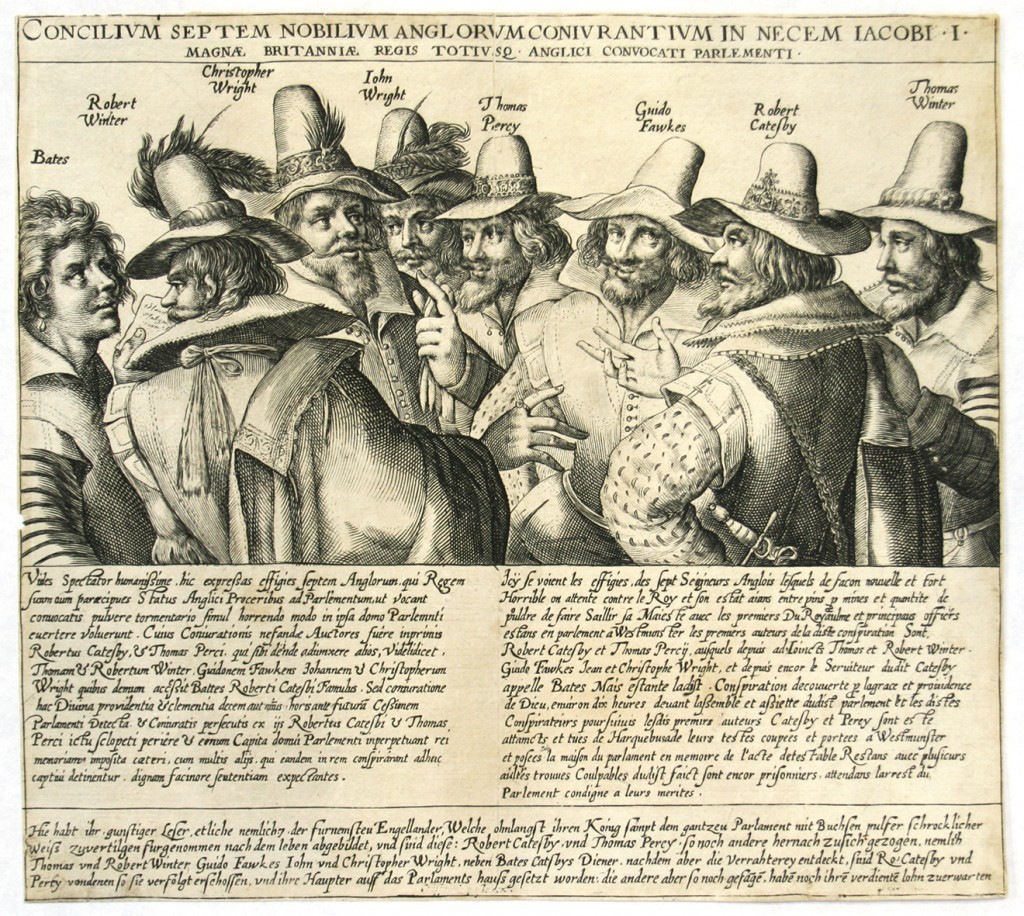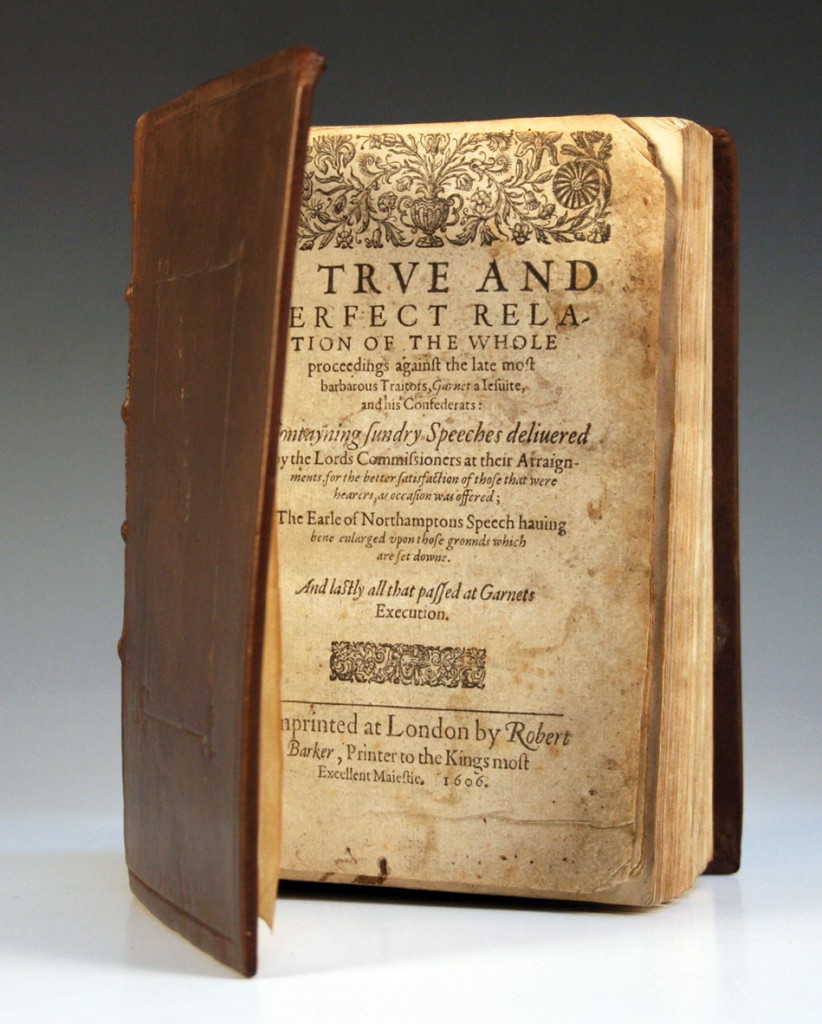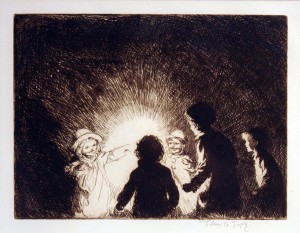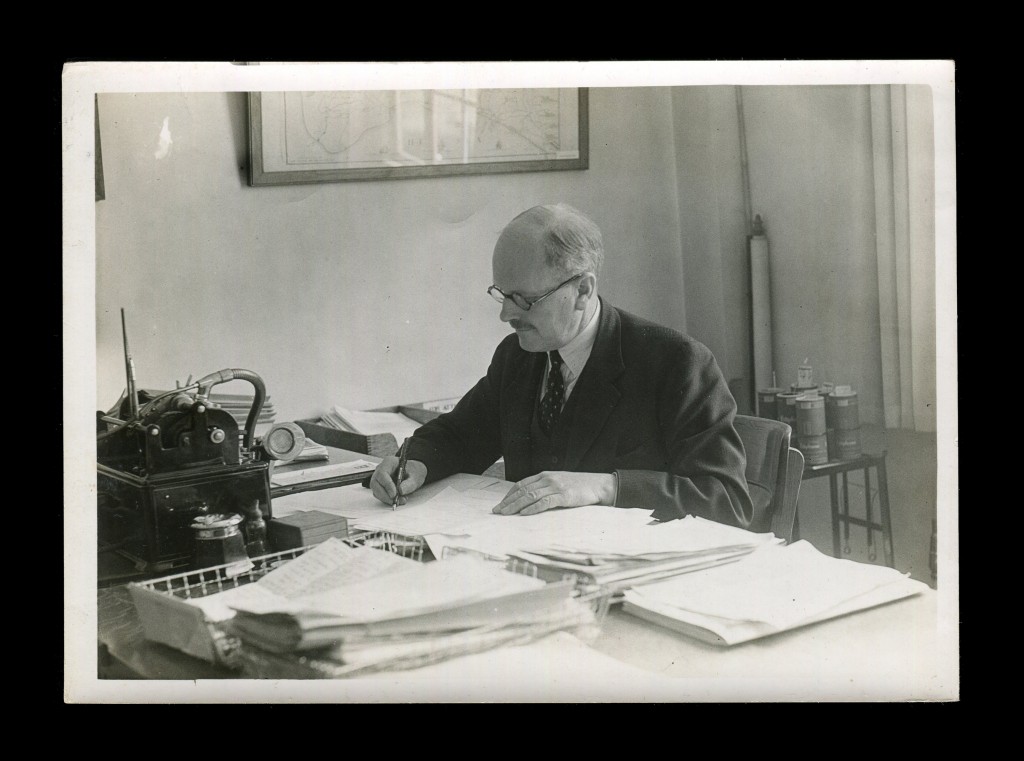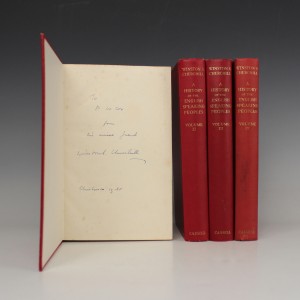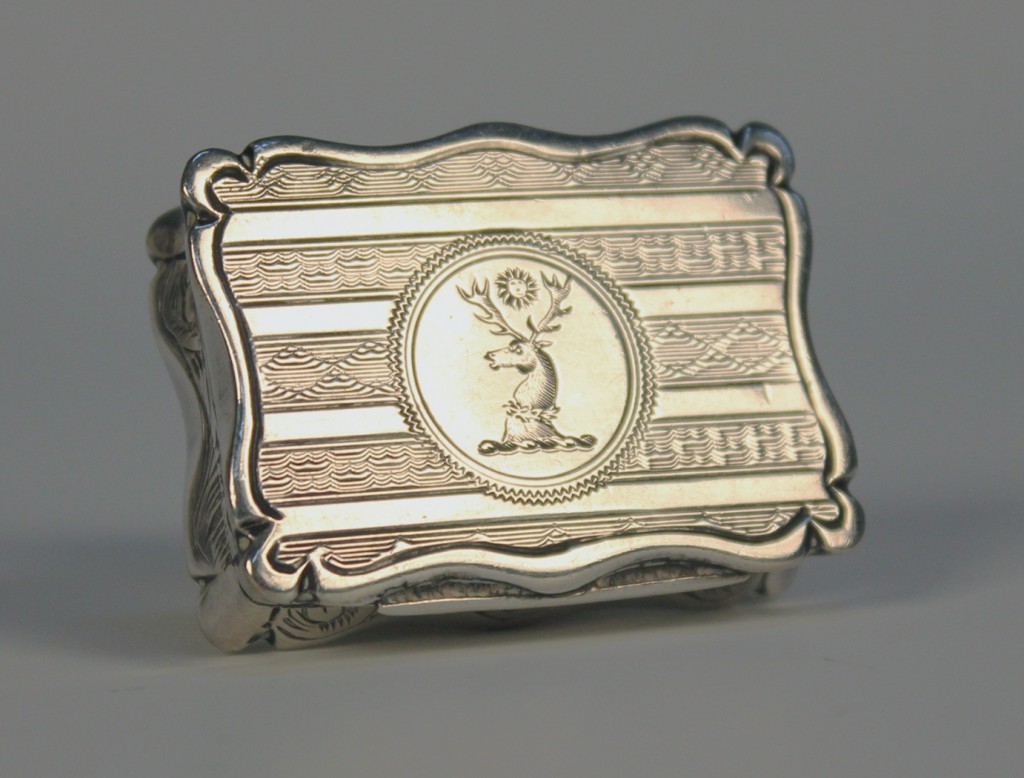
Our annual End of Year Sale is always a highly popular event in the auction calendar. Toovey’s are one of only a handful of UK auction rooms to hold a sale between Christmas and the New Year and, indeed, the only one in the South this year! For that reason, there is always particularly enthusiastic support for the sale, from both the antique trade and private collectors. Traders are always keen to return to work and seek out new stock as soon as possible after the Christmas period. Many of our private clients, who are not always able to attend weekday auctions, are still on their festive break and the sale always attracts a new audience of curious browsers, eager to experience their first auction and escape the Christmas television!
There will be a good selection of art, furnishings, silver, jewellery, collectors’ items and rugs on offer and it will be a lively and full day of sales. As always, our café will be open throughout the view day and the sale day.
All are welcome for viewing of the sale at our Spring Gardens Auction rooms on Monday 30th December between 10am and 4pm. We open at 9am on Tuesday 31st December for a quick preview before the auction starts at 10am. The catalogue will be online for a digital preview by Friday 20th December. We are closed for the festive period from Friday 20th to Sunday 29th December and all email enquiries regarding the sale will be replied to after our return to work on Tuesday 30th December.
If you would like to enter items in the sale, we’ll need to view and value them by Friday 13th December at the very latest. The sale is always oversubscribed so bring them sooner, if you can, to be sure of inclusion. Our valuations reception is open between 10am and 4pm from Monday 9th to Friday 13th December.
We look forward to seeing you!
